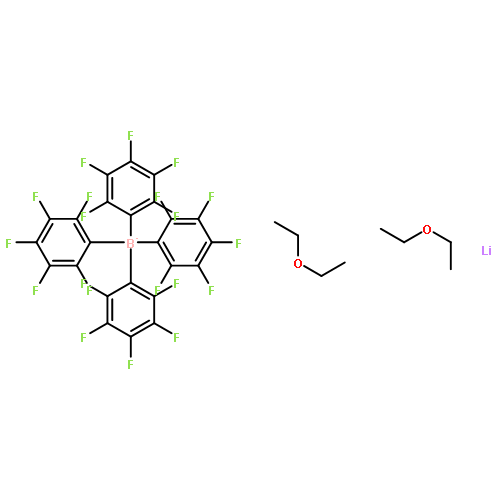Co-reporter: Dong-Gyun Kim, Tamami Takigawa, Tomomasa Kashino, Oleksandr Burtovyy, Andrew Bell, and Richard A. Register
pp: 6791
Publication Date(Web):September 4, 2015
DOI: 10.1021/acs.chemmater.5b03030
Vinyl addition polymers of substituted norbornene (NB) monomers possess very high glass-transition temperatures, making them useful in diverse applications; however, until very recently, the lack of an applicable living polymerization chemistry has precluded the synthesis of such polymers with controlled architecture, or copolymers with controlled sequence distribution. In the present work, block and random copolymers of NB monomers bearing hydroxyhexafluoroisopropyl and n-butyl substituents (HFANB and BuNB) are synthesized via living vinyl addition polymerization, using (η3-allyl)Pd(i-Pr3P)Cl activated by [Li(OEt2)2.5]B(C6F5)4 as the initiator. Both series of polymers are cast into the selective skin layers of thin film composite (TFC) membranes, and these organophilic membranes are investigated for the concentration of n-butanol from dilute aqueous solution via pervaporation. The block copolymers show well-defined microphase-separated morphologies, both in bulk and as the selective skin layers on TFC membranes, while the random copolymers are homogeneous. Both block and random vinyl addition copolymers are effective as n-butanol pervaporation membranes, with the block copolymers showing a better flux-selectivity balance; the optimal block copolymer, containing 19 wt % BuNB, showed a process separation factor of 21 and a flux of 4300 g m–2 h–1 with a 1.00 wt % aqueous n-butanol feed, at a selective layer thickness of 1.3 μm. While polyHFANB has much higher permeability and selectivity than polyBuNB, incorporating BuNB units into the polymer (in either a block or random sequence) limits the swelling of the polyHFANB and thereby improves the n-butanol pervaporation selectivity. An analogous block copolymer derived from ring-opening metathesis polymerization, which shows much greater swelling than the vinyl addition polymers, shows a correspondingly higher flux and lower selectivity.
